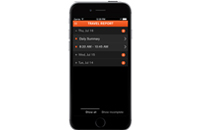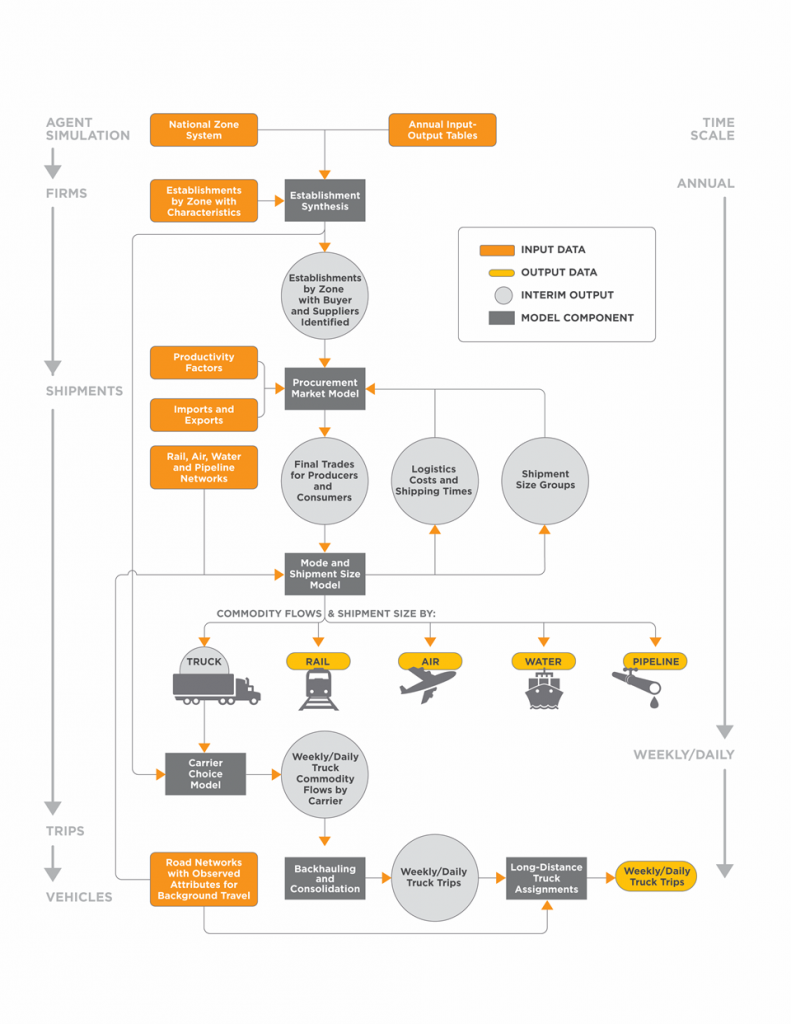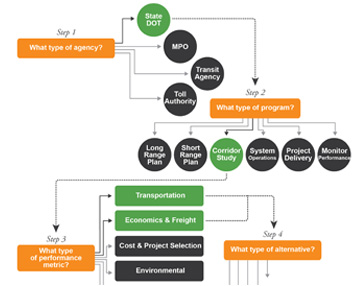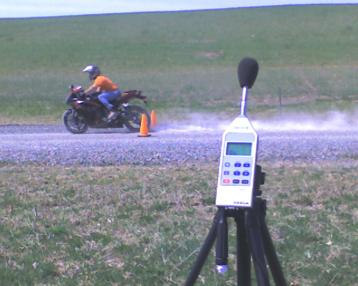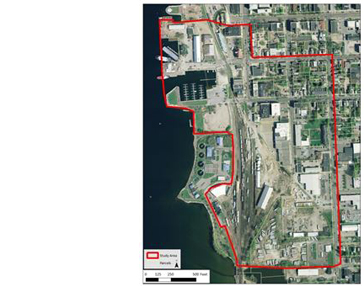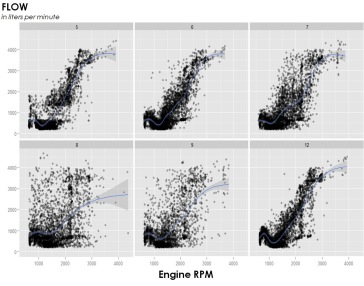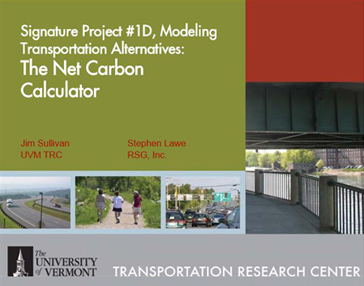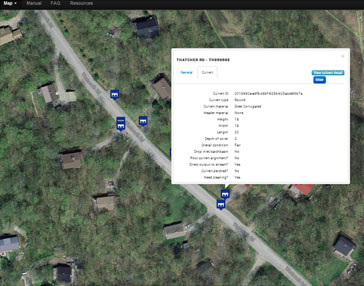Modeling Impacts of Disruptive Technology
RSG is leading a project on the use of detailed simulation models to help regional and state agencies plan for the effects of connected and autonomous vehicle (CAV) technologies in long-range planning. The research integrates the DaySim activity-based travel demand model with the TransModeler dynamic traffic simulation model for Jacksonville, FL, for exploratory modeling &…
Introducing CV/AV Impacts into Regional Transportation Planning & Modeling Tools
Under requirements for long-range transportation planning, state departments of transportation and regional metropolitan planning organizations are required to have a multimodal transportation plan with a minimum time horizon of 20 years. Because manufacturers and shared fleet operators suggest that connected and autonomous vehicles (CAVs) will be present on the highway system in significant numbers well…
Future Adoption of Autonomous Vehicles and Their Impact on the Number of Vehicles in Operation
RSG is working with a top-five global automaker to quantify shared and private autonomous vehicle adoption rates over the next 10 to 15 years. All the major auto manufacturers understand that new mobility services and technologies are changing consumers’ vehicle purchase and travel patterns. Within the next decade, autonomous vehicles will likely provide consumers with…
Future Mobility Study
A leading global automaker chose RSG to conduct two phases of research to help understand consumers’ current and future mobility patterns and mode usage. The first phase of research focused on the top three major international automotive markets (US, China, Europe). The second phase of work explored how consumers across 16 countries—from major existing markets…
“In the Moment” Travel Study
Federal governments, state DOTs, and regional governments rely on results from household travel surveys (HTS) to assist in transportation modeling and planning projects. Traditional HTS typically collect a single day’s worth of travel from a sample of area residents via travel diary web survey, call center, and/or paper survey. However, recent research suggests GPS data…
Behavioral-Based National Freight Demand Model
Historically, freight modeling tools have relied on passenger travel demand modeling approaches, which could not fully explain goods movement, especially at a national scale. So, the Federal Highway Administration (FHWA) sought an innovative national-level freight-demand modeling system to evaluate national freight policy alternatives. Beginning in 2014, RSG led the development of this for FHWA. This…
Guidelines for Selecting Travel Forecasting Methods and Techniques
There is an ever-evolving set of methods and tools to choose from when developing travel forecasting models to inform planning and policy decisions. However, it is not reasonable or efficient to assume all agencies have the resources and expertise to continually evaluate, select, and defend the appropriate methods and tools for their particular planning and…
Wilzig Recreational Sporting Course
The Wilzig Recreational Sporting Course is one of the largest private paved sporting courses for motorcycles, cars, and go-karts in the U.S. RSG conducted a comprehensive noise analysis of the facility which was required for its zoning permit. The study involved measurements of motorcycle noise, modeling of the sound as it propagates off the property,…
Burlington Railyard Enterprise Project
The Burlington Railyard Enterprise Project (REP) is the FHWA Planning-Environmental Linkages (PEL) project to be executed in Vermont. PEL projects are designed to integrate the environmental resource investigations occurring early in project development in order to avoid duplicative effort within NEPA environmental documentation and, as a result, shorten project delivery time. There are four key…
Large Informatics Framework for Vehicle Emissions Monitoring
RSG’s data and software teams designed and created a large and scalable informatics platform for extracting, transferring, and loading a vehicle emissions monitoring data stream into a structured SQL database engine. Prepared to process large volumes of on-board data, the system and peripheral components processed the spatial and temporal data sets, performed automated data validation,…
Vermont Integrated Land Use and Transportation Carbon Estimator
With funding from FHWA, RSG worked with the UVM’s Transportation Research Center to design and construct a customized ESRI ArcGIS software extension that calculated net greenhouse gas emissions from changes in regional travel demand and land use changes (deforestation from development). Inputs included transportation networks, employment and housing allocation, and rasterized land cover data. The…
Vermont Online Bridge and Culvert Inventory Tool
Working with the Vermont Agency of Transportation (VTRANS), RSG rejuvenated a web portal used to maintain the Vermont bridges and culverts. The former site, hosted by VTRANS, was an online database entry form that suffered from many issues due to construction using now-outdated technology and lack of maintenance over time. Major problems included security holes,…




